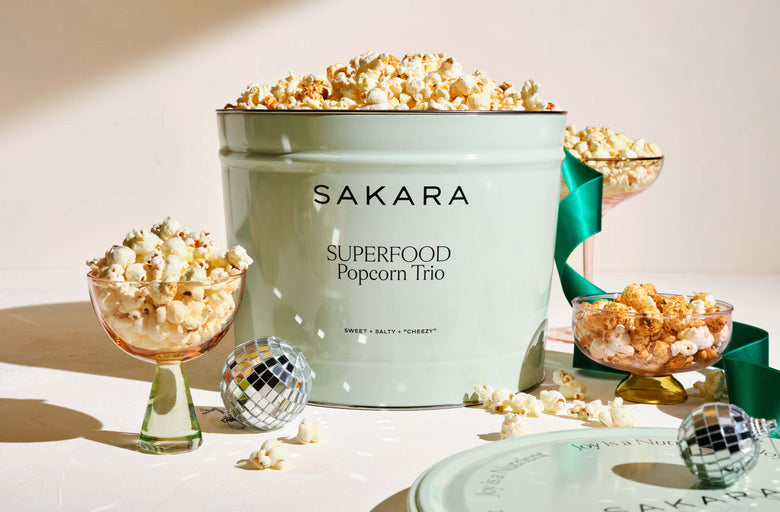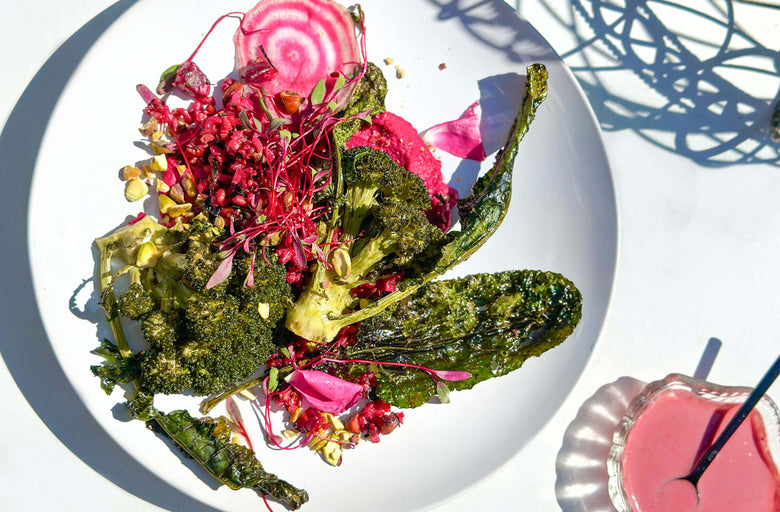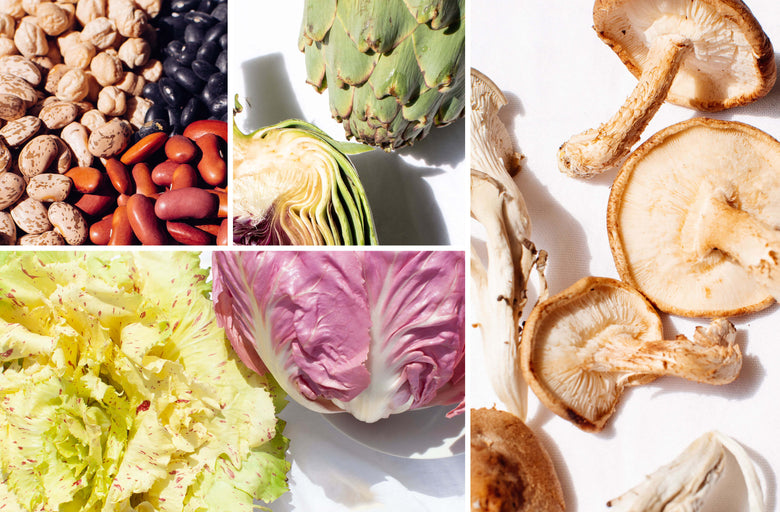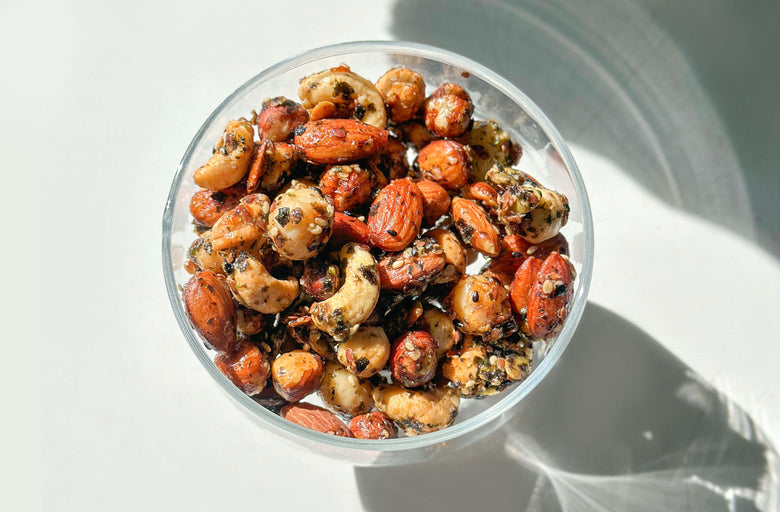"Pan-roasting is hot and fierce. Slow-roasting is low and slow. One major advantage of slow-roasting is simplicity...Although slow-roasting essentially is a dry-heat method, it's gentle, and finished succulent texture is similar to what you'd get with a braise. Slow-roasting coaxes tough-skinned winter squash into total submission (no peeling, no chopping), yields whole heads of cauliflower soft enough to eat with a spoon, and caramelizes and concentrates juicy things like fennel or sweet peppers."-Carla Lalli Music
Slow-Roasting Vegetables from Start to Finish
1. Season the ingredient aggressively with kosher salt and pepper.
2. Preheat oven to 250°F. Place the ingredient in a vessel that holds your ingredient snugly; it will shrink quite a bit while cooking, and too much empty space could lead to overbrowning, dryness, and a tough cleanup job. Add about ¼ cup water to the pot, which will throw off a little steam to start the cooking process.
3. Cover the pot, transfer to the oven, and go take a nap. Set an alarm for 1 hour for smallish vegetables such as shallots, halved onions, or medium-size carrots, and 2 hours for large root vegetables, whole heads of cauliflower or broccoli, and wedges of cabbage.
4. Cook until vegetables are extremely tender but not dried out. If desired, continue cooking, uncovered, to brown surface, 20 to 30 minutes.
5. Serve this delectable-ness with lots of fresh lemon juice squeezed over, more salt and pepper for seasoning, and a drizzle of olive oil, unless there are plenty of pan juices lying about, in which case you should spoon those over.
Explore More:
A Summer Day with Bon Appetit's Carla Lalli Music
Festive Mini Tarts: Pumpkin, Mint Chip, Panna Cotta— Oh My!
A Perfectly Rumpled Roasted Artichoke and Caramelized Onion Galette
Reprinted from Where Cooking Begins: Uncomplicated Recipes To Make You a Great Cook. Copyright © 2019 by Carla Lalli Music. Photographs copyright © 2019 Gentl and Hyers. Published by Clarkson Potter, an imprint of Penguin Random House, LLC.






